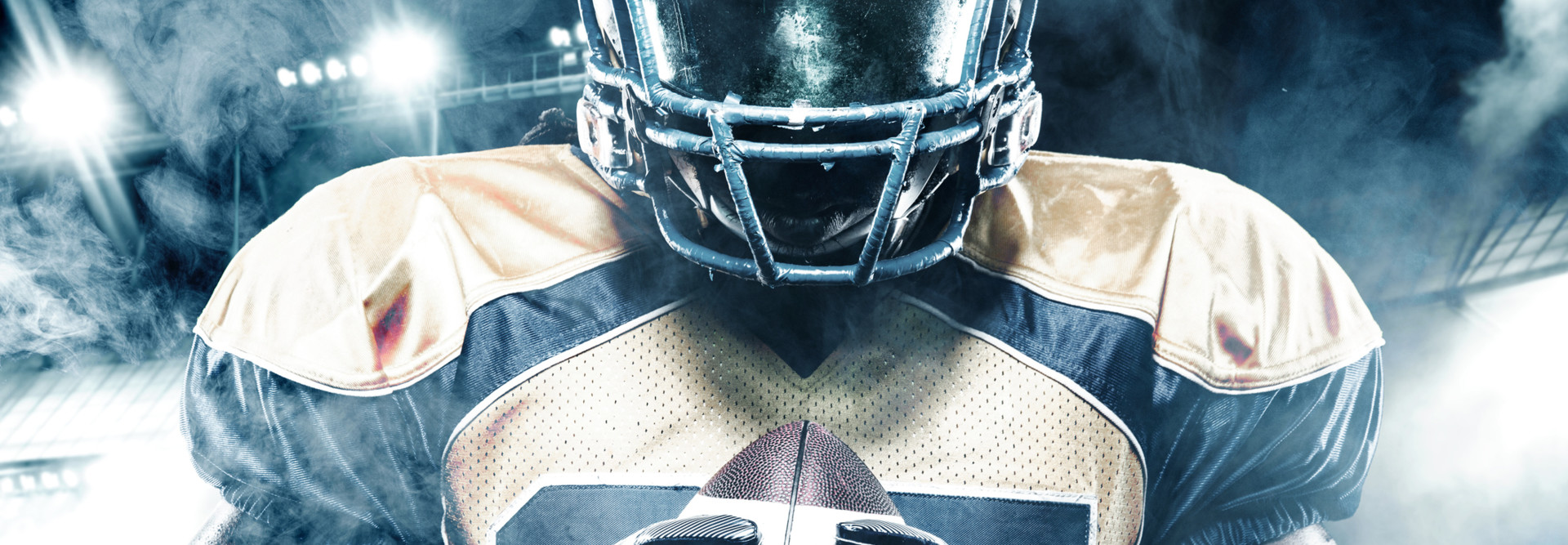Technology-Driven Performance: How IT Boosts Athletes on The Field
Countless hours of practice and conditioning go into athletes’ preparation for competition. They strive to be stronger, faster, more skilled and more savvy when they get between the lines. Technology is playing an important role in helping them achieve this objective.
Teams and athletes are employing a wide variety of technologies to improve performance. These include mobile devices, wearables and data analytics. In some cases, the results have been striking.
SIGN UP: Get more news from the BizTech newsletter in your inbox every two weeks!
How Wearable Technology Hones Conditioning
Wearable technology has been around for a few decades, but the recent emergence of devices such as Apple Watch and Fitbit have spurred adoption. IDC reports that global sales of wearables grew 10.3 percent in 2017 over the previous year, following a 27.3 percent spike in growth in 2016. Many consumers have begun using these devices to track their steps and measure other fitness factors, but some athletes are using them for much higher-level applications.
Some new wearables monitor specific muscular stress, giving trainers a much clearer picture of the load being placed on an athlete during a workout and a more precise measure of the athlete’s performance.
SportTechie reports that Major League Soccer’s FC Dallas has used wearables to help its players recover from injury more rapidly. Midfielder Mauro Diaz recovered from a torn Achilles tendon nearly two months earlier than predicted, according to Skylar Richards, the team’s head athletic trainer. The team’s training staff used wearables to monitor Diaz’s muscle output during training sessions while he was recovering from the injury. The trainers were able to monitor for problems in the workouts and correct them quickly.
“For him, it was huge,” Richards told SportTechie. “For us to be able to understand that some things were not adapting or working that well at certain times, we got him back quite quickly. It allowed us to push hard, but not worry it was too hard.”
VR Helps Train Athletes’ Mental Abilities
Conditioning isn’t the only element of athletic performance that technology is enhancing. Many athletes are turning to virtual reality solutions to improve their skills and the way they think about the game. For example, several NFL and college football teams use VR tools to provide virtual training for their players.
One position for which VR is particularly effective is quarterback. A quarterback must be able to read the game quickly and make split-second decisions correctly. These skills are honed through thousands of repetitions in practice, but they come at a cost. Each snap taken in a practice setting can be an opportunity for injury, especially if the team is engaging in contact drills. Further, the starting quarterback tends to get the bulk of the practice snaps, leaving a potential shortcoming for second- and third-stringers who don’t get as much practice time.
Former Minnesota Vikings quarterback Case Keenum (now with the Denver Broncos) is among the NFL players who make extensive use of VR training, according to an ESPN report. Keenum took thousands of additional practice plays using VR. When starting Vikings quarterback Sam Bradford went down last season with an injury, Keenum moved into the starting lineup, guiding the team to an 11-3 record as a starter and leading the Vikings to the NFC championship game. Even after he started getting more practice reps as the Vikings’ top quarterback, Keenum continued to use VR. He finished the season throwing for more than 3,500 yards, with 22 touchdowns and only seven interceptions.
Keenum performed especially well under pressure. “His 59 QBR [quarterback rating] when pressured was the highest in the NFL, as was his 88 QBR when facing a blitz,” ESPN reported.
Teams Track Athletes’ Performance and Even Their Sleep
Technologies are helping teams track athletes’ performance both on and off the field to make improvements.
Outside the lines, good sleep is a top priority for athletes looking to recover from a grueling workout or overtime game in time for the next competition. Studies show that athletes’ speed and skills may be enhanced when they get a good night’s sleep, compared to athletes who don’t get enough sleep.
"Sleep is the most important thing when it comes to recovery," NBA superstar LeBron James told CBS Sports. "And it's very tough with our schedule. Our schedule keeps us up late at night, and most of the time it wakes us up early in the morning. ... There's no better recovery than sleep."
Teams employ a variety of technologies to help players get the sleep they need. These include wearables to monitor sleep habits and quality, as well as data analytics to track sleep over time and help trainers plan optimal sleep conditions.
Teams are also using technology to analyze on-field performance using RFID tags to keep track of players’ movements. These systems embed RFID trackers in an athlete’s uniform or equipment to measure speed and acceleration, as well as the distance the athlete covers. Analysis of this data can help teams identify when an athlete becomes fatigued and how much progress he or she is making while training. Used strategically, this information can help teams and athletes optimize workout results while minimizing the risk of injury.









